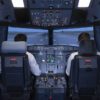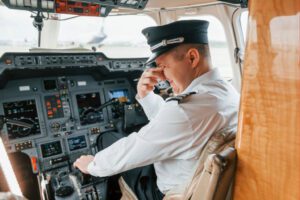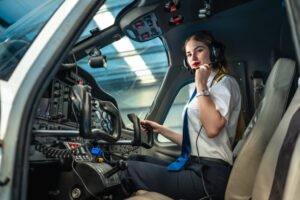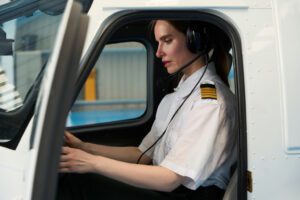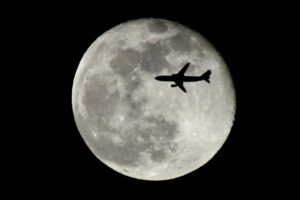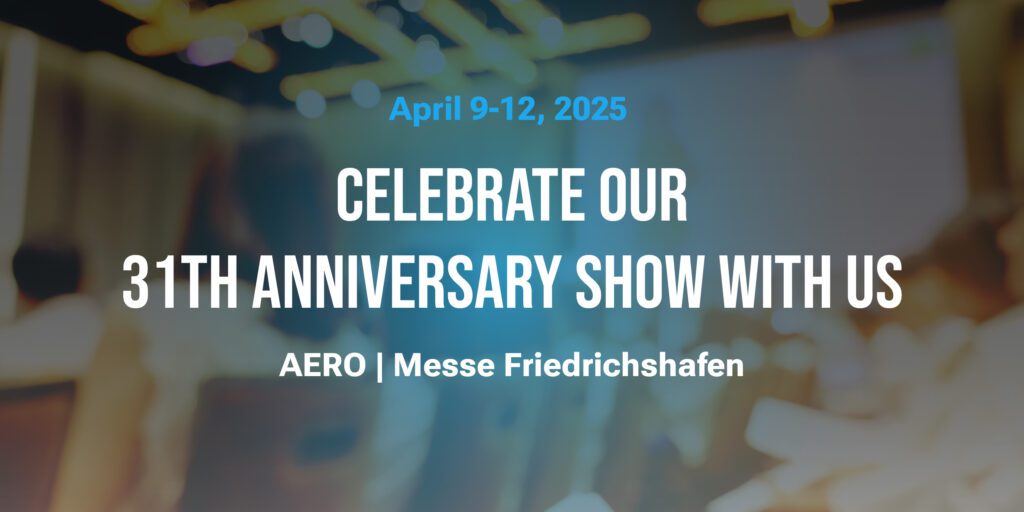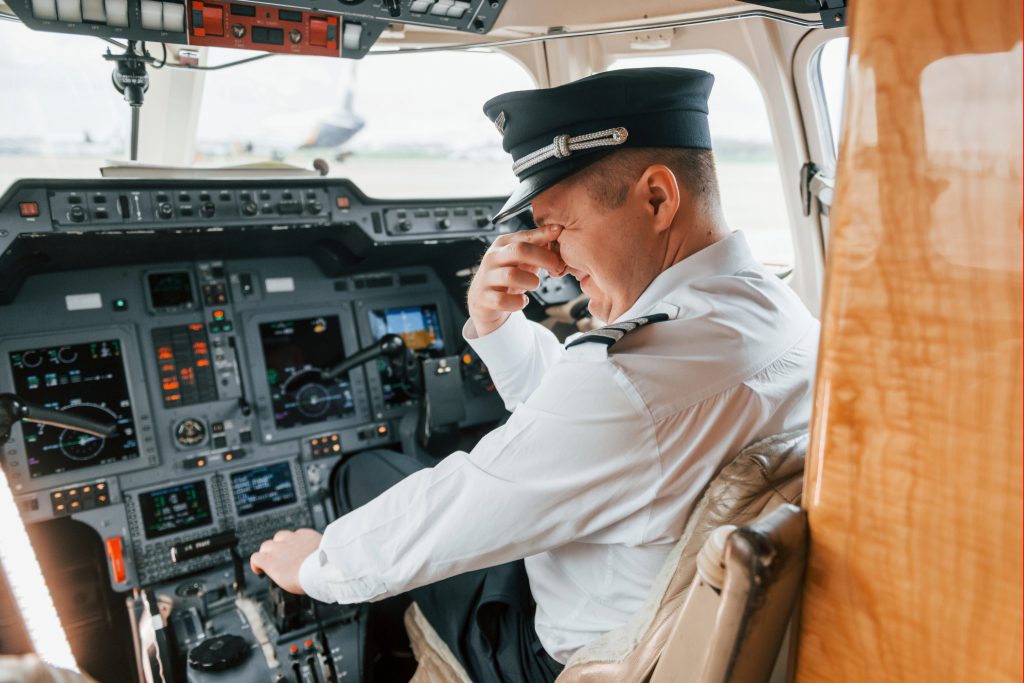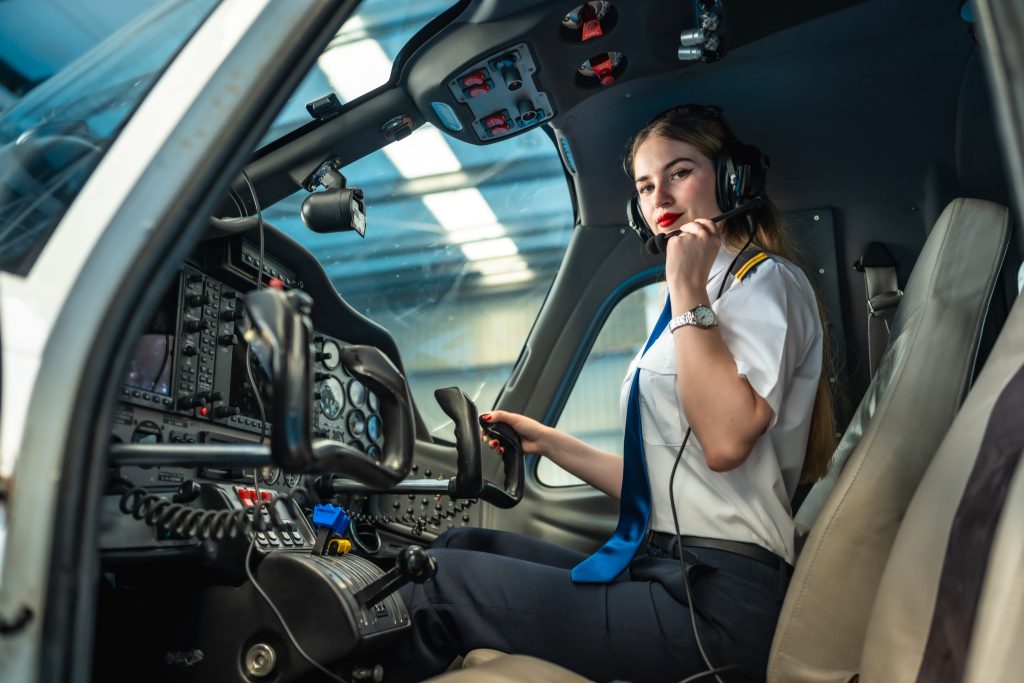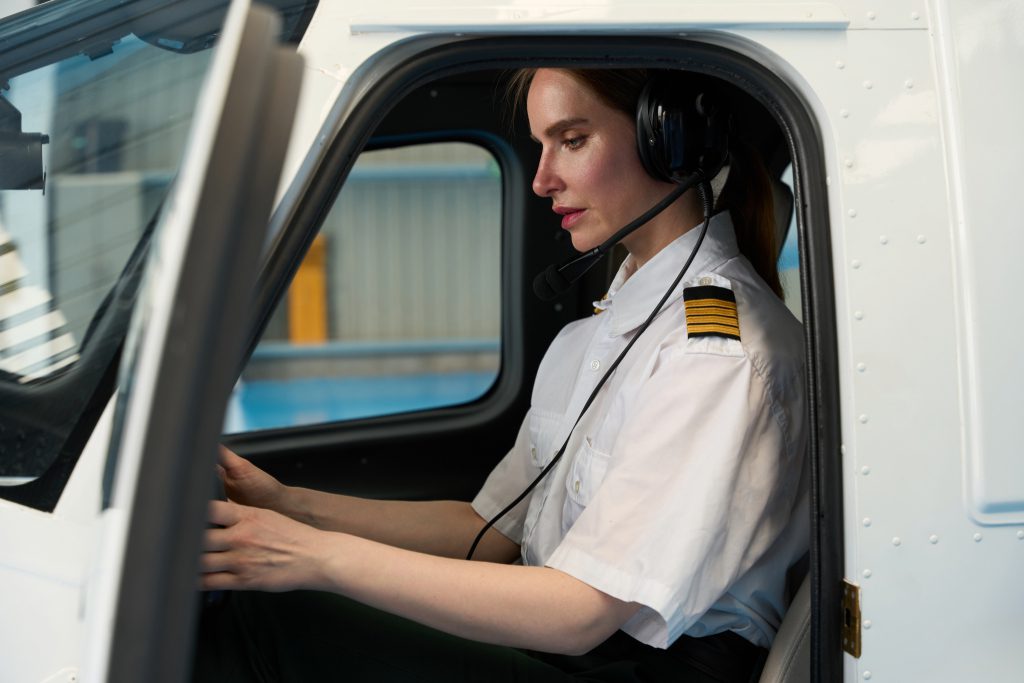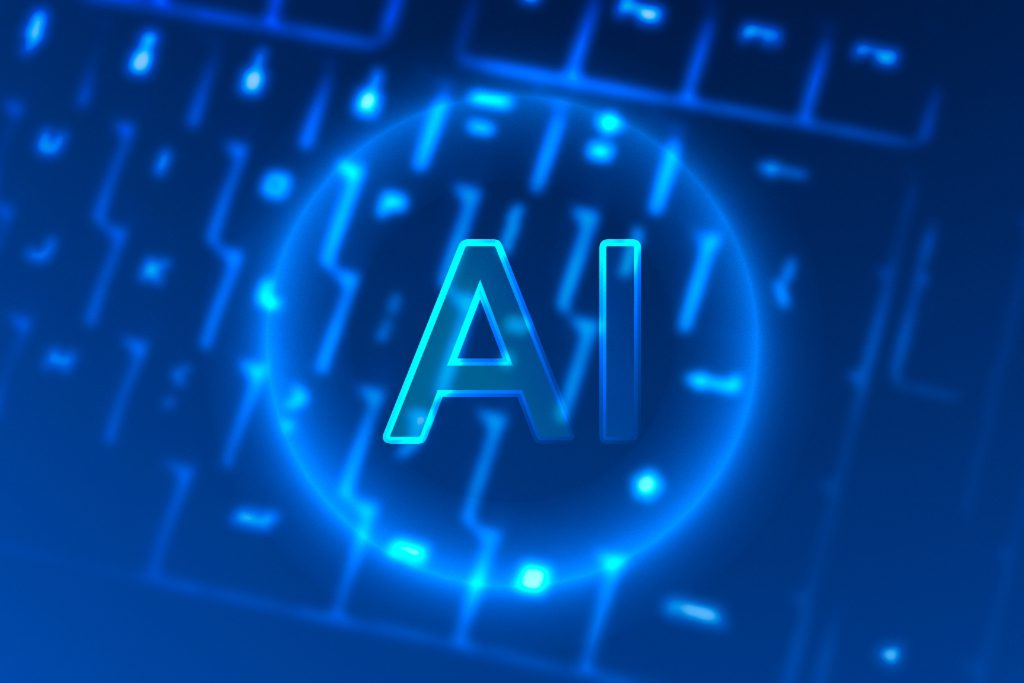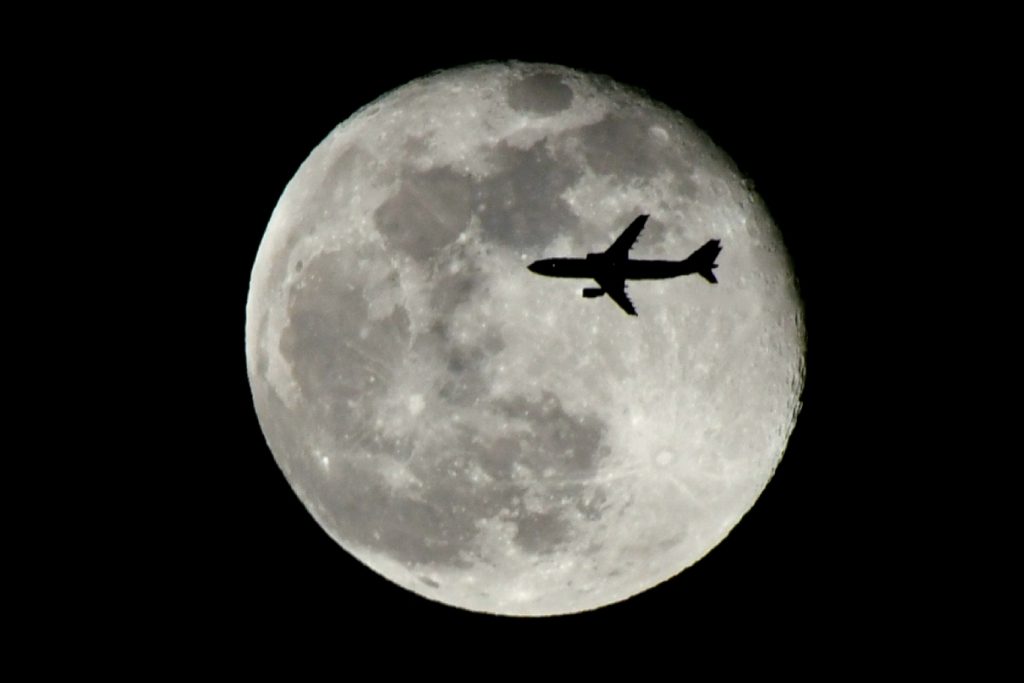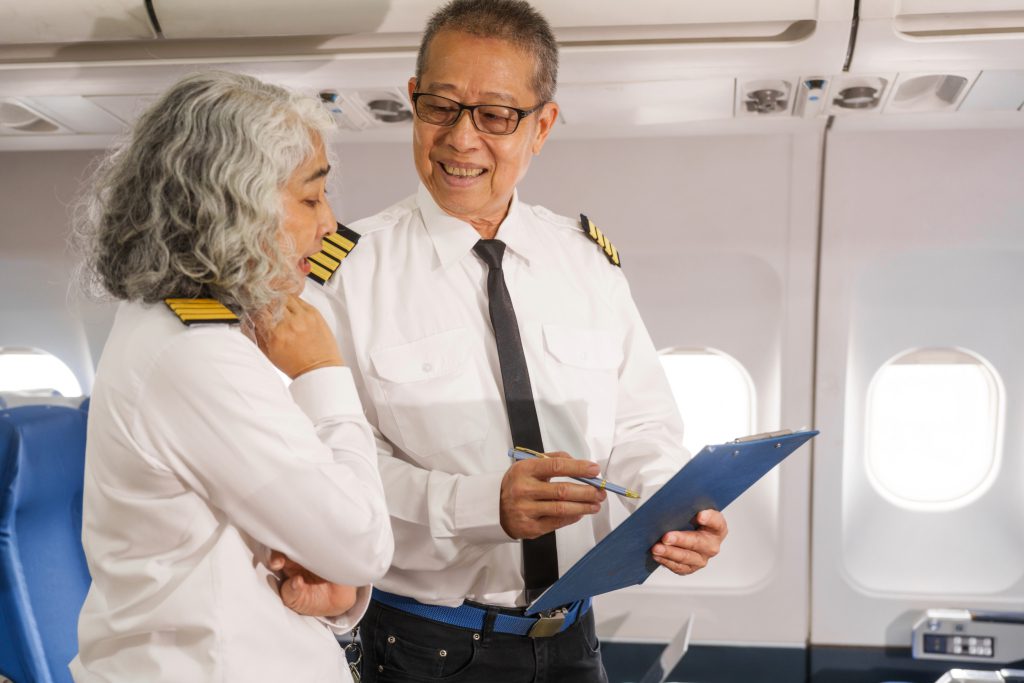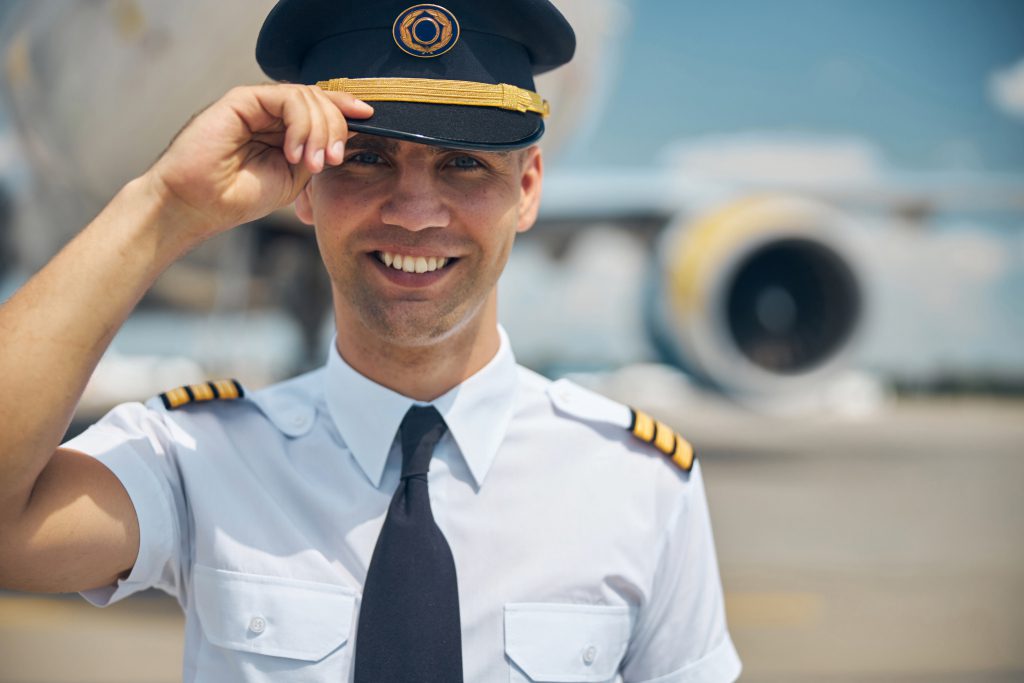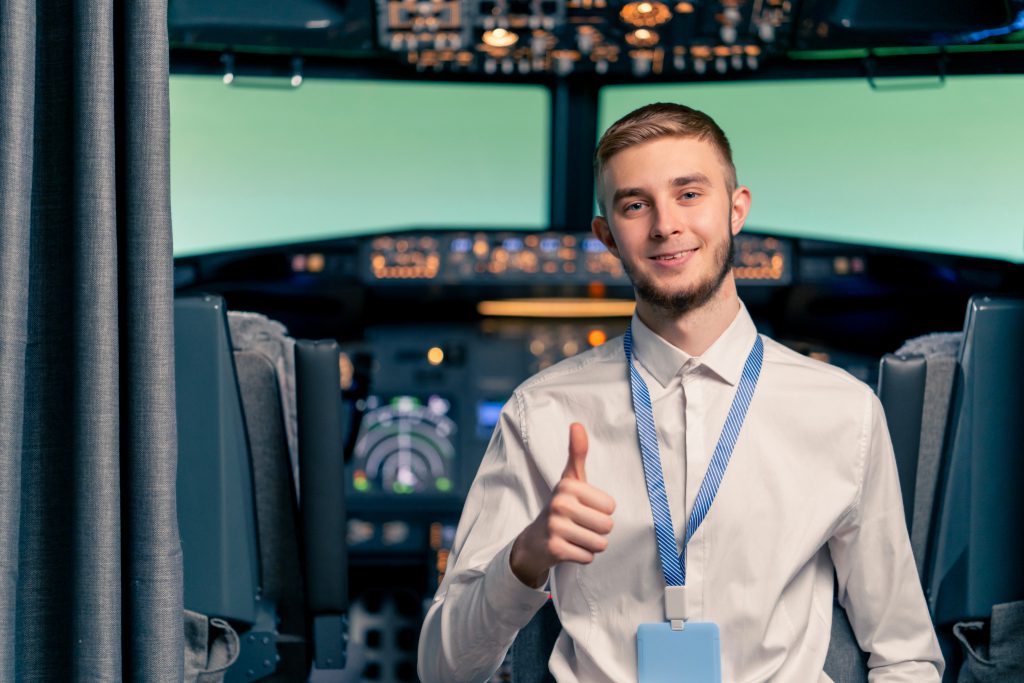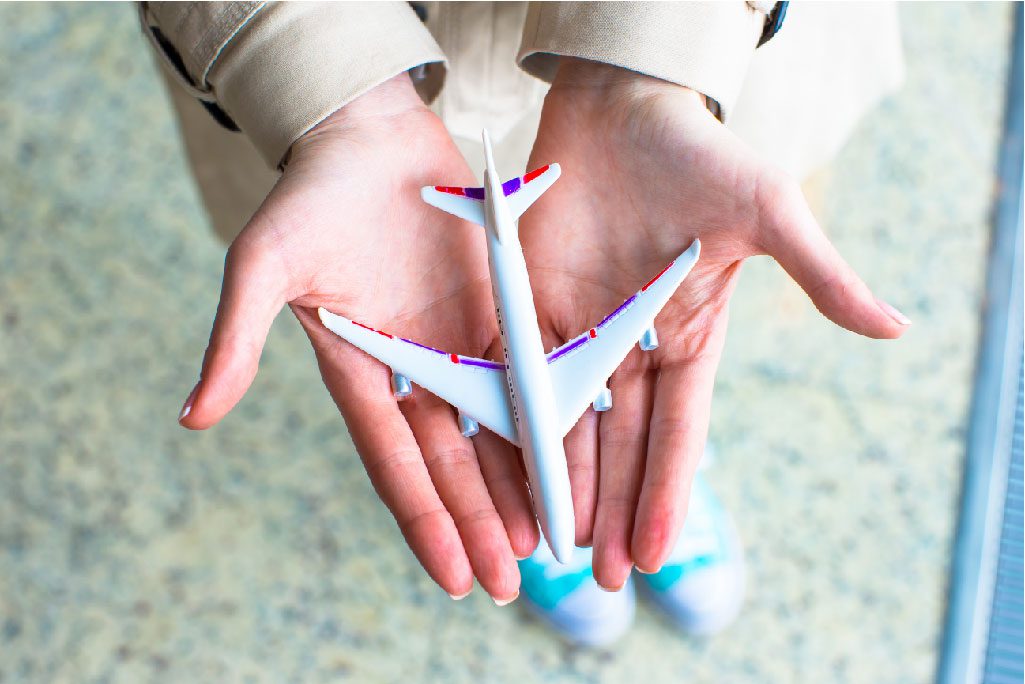Integrated training
What is Integrated Training? It is the method where one has to pay huge amounts of money to a service provider in order to access his training. Aside from a few minor tweaks, you will be receiving instruction more often than not until you acquire your frozen ATPL. Integrated training is faired at full time and within the confines of one organization only. It typically lasts 18-24 months, encompasses getting extra hours in flight simulators and involves ATPL theoretical training which is classroom based, within a set sequence. Some training companies have links with the airlines, which can enhance your chances of being employed.
Modular training
What is Modular training? You undergo training in the form of stages, where each module of the ATPL is joined last, starting with the PPL course. It reduces costs (“pay as you fly”) and usually increases time. Modular training can be adjusted to other commitments like jobs, courses or family but there are a few students who find it a hard battle to stay motivated. It is possible to get the modules carried out consecutively provided the cashflow issue is not a problem.
Which is better?
Selecting the perfect choice will depend on your particular needs and that specific situation you find yourself in. Are you keen to swift obtain an ATPL? Are you in a position to devote all your time towards theoretical as well as practical flying? Can you make total advance payments? If so, integrated training may be the best course of action for the concerned holder. Nonetheless, in case you are keen on preferring to stretch the costs across a longer term, choose an approach that is more comfortable by mastering in stages, and have other spheres of interests apart from flight training like a job or a family, then the modular training approach may be preferable to you.
Private pilot license
If you will be learning with the modular system, obtaining a Private Pilot License, where you will learn how to fly an aircraft with your very first solo flight, will serve as your initial flying training requirement. You should expect to invest about a total of $13,000. This is also assuming that you are able to get your PPL in the 45 total hours. This highly varies from 55 to 60 hours for an average student with many more taking longer. In other words, it is more realistic to budget about $20,000 for PPL.

ATPL theory exams
The ATPL theory exams cover 13 subjects in detail. In other words, if one considers lectures and reading materials, it would take at least 650 hours to know all the aspects of the course. Learn at your pace, sign up for an online program that costs between $2,600 and $4,000 in distance learning, or pay anywhere above $5,000 to $8,000 for a classroom course which is faster paced. Whichever approach you choose, certain subjects are required to be passed at a minimum level of 75% in the following subjects, such as: Air Law, Communications (VFR and IFR), Principles of Flight, Aircraft General Knowledge, Instrumentation, Meteorology, General Navigation, Human Performance and Limitations, Operational Procedures, Mass and Balance, Performance, Radio Navigation and Flight Planning and monitoring.
A fully integrated course generally starts with six months of groundschool followed by examinations and board tests before any forms of flying comes into play. With considering study time, distance learning for modular students can be completed in 12-18 months; however as a rule of thumb assume you need 15 hours of time on completing the tasks. If you choose to go the modular route, then you must be in possession of an ICAO PPL accreditation before starting your ATPL theoretical knowledge.
Hour Building
After obtaining your PPL, you’ll have to spend some time hour building before you’re allowed to go for your CPL. The commercial licence requirements include a minimum of 150 hours flying time. The price of this hour building hugely depends on the type of aircraft you choose, but budget between $200 and $260 per hour. Some aviation schools offer hour building packages which are a better deal than paying for separate flying hours. While hour building, you’ll probably want to get your Night Rating, which takes at least 5 hours.
Commercial pilot license
A commercial pilot license (CPL) let’s you fly more professionally with passengers onboard and is an advancement of a PPL license. There are approximately 25 hours this course takes and its fees range approximately from $6,500 to $20,000 depending on the kind of aircraft you are flying and if you already own an instrument rating or not.
Multi-Engine Piston rating
In due course, you will have to obtain the endorsement needed to fly multi-engine planes. This can be done individually or as part of obtaining an instrument rating or CPL. The prices for the MEP rating accreditation alone usually range from around $5,000 to $11,000 depending on the aircraft, ATO and other factors.
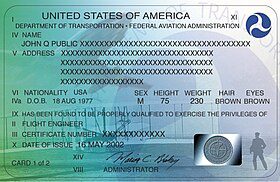
Instrument rating
The Instrument Rating (IR) is another huge investment in cash and effort for a pilot. You are allowed to fly relying solely on the cockpit instruments and still be compliant with the instrument flight rules. In other words, having an IR means one is still able to fly even when the weather is bad; flown above clouds or through heavy rain. Normally, in the same training program, most people take the Instrument Rating and multi-engine training program at the same time (also known as the MAIR- Multi Engine Instrument Rating). For MEIR, you should expect to spend between seventeen thousand dollars and twenty thousand dollars.
Upset Prevention and Recovery Training
The primary purpose of the training called Upset Prevention and Recovery Training (UPRT) is to prevent the airplane from assuming any extreme or unusual attitudes, but it also aims at recovering the airplane if it does happen to be in a wrong position or situation. Stand-alone Advanced UPRT is now a necessity. Such a course usually contains three hours of flying time as well as five hours of theoretical lectures. An AUPRT is expected to range from $1,700 and $2,600.
Airline Pilot Standard Multi Crew Cooperation
Because you flew mostly single and multi-piston engines planes before, Multi Crew Cooperation (MCC) is one of the courses you are required to take in order to be able to fly a commercial jet aircraft. You study the issues related to decision making, aircraft systems and operations and the aspects of multi crew interaction, and many others. Many of the employers prefer the Airline Pilot Standard (APS) MCC which is more stringent. The price of the MCC program, which is a prerequisite for multi-crew airline applications, is estimated from $5,000 to $8,000.


